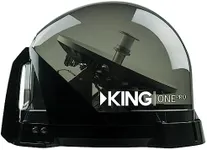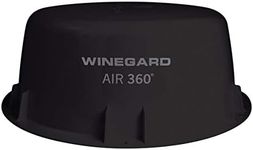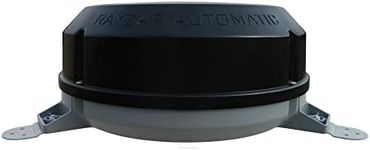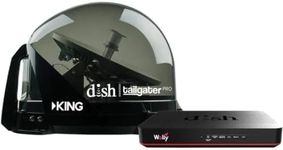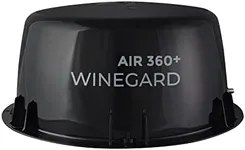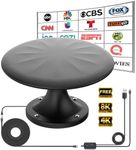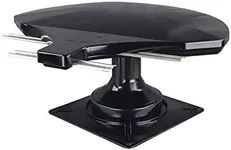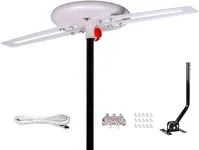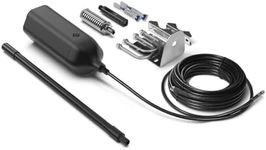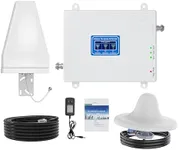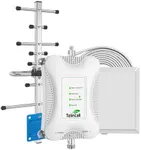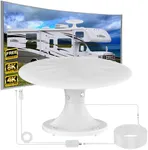Buying Guide for the Best RV Antennas
Choosing the right RV antenna can significantly enhance your travel experience by ensuring you have access to television and radio signals wherever you go. The right antenna will depend on your specific needs, such as the type of signals you want to receive, the locations you plan to visit, and the ease of installation and use. Understanding the key specifications will help you make an informed decision and select the best RV antenna for your needs.Signal TypeThe signal type refers to the kind of broadcast signals the antenna can receive, such as VHF, UHF, or FM. This is important because different types of signals are used for different kinds of broadcasts. VHF (Very High Frequency) is typically used for local TV channels, UHF (Ultra High Frequency) for more distant TV channels, and FM for radio. If you want to watch local TV channels, a VHF antenna might be sufficient. For a broader range of TV channels, including those that are farther away, a UHF antenna would be better. If you also want to listen to the radio, look for an antenna that supports FM signals.
RangeThe range of an RV antenna indicates how far it can receive signals from broadcast towers. This is crucial because it determines the number of channels you can access, especially when you are in remote areas. Antennas with a range of up to 50 miles are suitable for urban and suburban areas where broadcast towers are closer. For rural or remote areas, you might need an antenna with a range of 100 miles or more. Consider where you will be traveling most often and choose an antenna with a range that matches those locations.
Directional vs. OmnidirectionalDirectional antennas need to be pointed towards the signal source to receive the best reception, while omnidirectional antennas can receive signals from all directions. Directional antennas generally have a longer range and can provide a stronger signal, but they require manual adjustment to point towards the broadcast tower. Omnidirectional antennas are easier to use because they do not need to be adjusted, but they may have a shorter range and weaker signal. If you prefer convenience and ease of use, an omnidirectional antenna might be the best choice. If you are willing to adjust the antenna for better reception, a directional antenna could provide better performance.
Installation and MountingThe installation and mounting process of an RV antenna can vary, and it is important to choose one that fits your RV and your installation skills. Some antennas are designed for roof mounting, while others can be mounted on a pole or other structure. Consider whether you want a permanent installation or a portable option that you can set up and take down as needed. Additionally, some antennas come with all the necessary mounting hardware, while others may require additional purchases. Think about your comfort level with installation and whether you need a professional to help.
AmplificationAmplified antennas have built-in signal boosters that enhance weak signals, which can be particularly useful in remote areas or places with poor reception. This is important because it can significantly improve the number of channels you receive and the quality of the signal. Non-amplified antennas rely solely on their design and placement to receive signals. If you often travel to areas with weak signals, an amplified antenna might be the best choice. If you usually stay in areas with strong signals, a non-amplified antenna could be sufficient.
Weather ResistanceWeather resistance refers to the antenna's ability to withstand various weather conditions, such as rain, wind, and extreme temperatures. This is important because your RV antenna will be exposed to the elements, and a weather-resistant antenna will last longer and perform better in adverse conditions. Look for antennas made from durable materials and with features like UV protection and waterproofing. If you travel in areas with harsh weather, prioritize weather resistance to ensure your antenna remains functional and reliable.
